Pongal: 4 Days To Thank The Sun
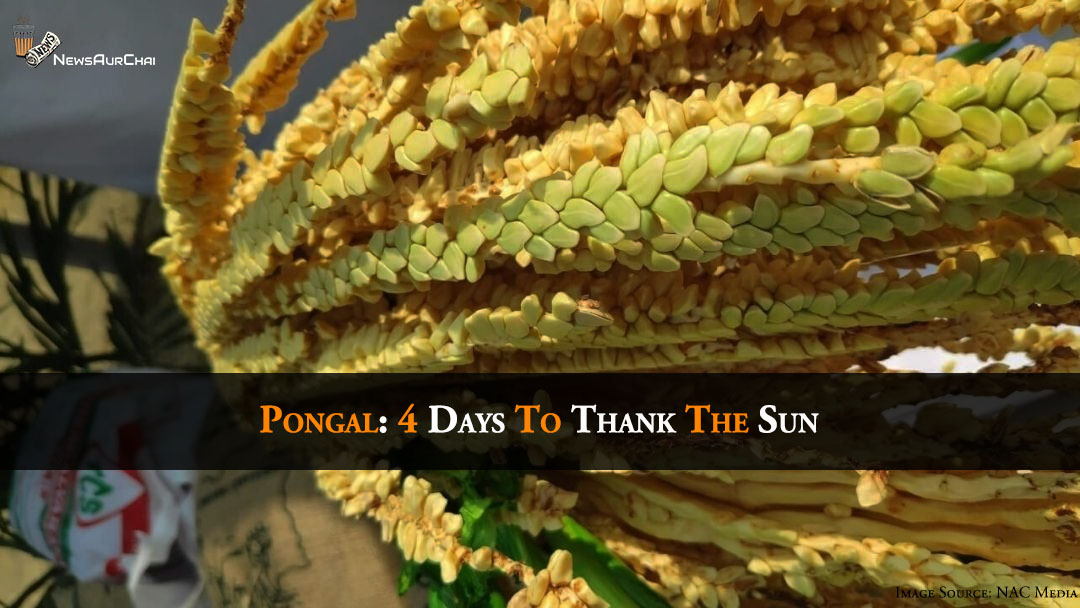
As the time approaches for the Pongal festival, schools and colleges get ready to start a fun-filled day of devotion, dances and giving thanks to the yield of the farmers. Children dressed up as farmers and village girls, boys in Veshti and young girls fussing over how they look in sarees as they make their way for celebrations.
In and around the rural parts of Tamil Nadu, there is a specific manner in which the cooking of the Pongal is observed. The females in the rural regions, as the Pongal is being cooked in the earthen pots outside their homes starts to brim; begin making long ululations with their mouths known as ‘Kolavai’. This sound signifies the celebration and joy making associated with the communal effort that is put in by everyone to cook the Pongal. ‘Too many cooks spoil the broth’ doesn’t seem to apply here as the smell of the sweet Pongal indicates the harmony between the ladies, and is served warm filled with love for one another.
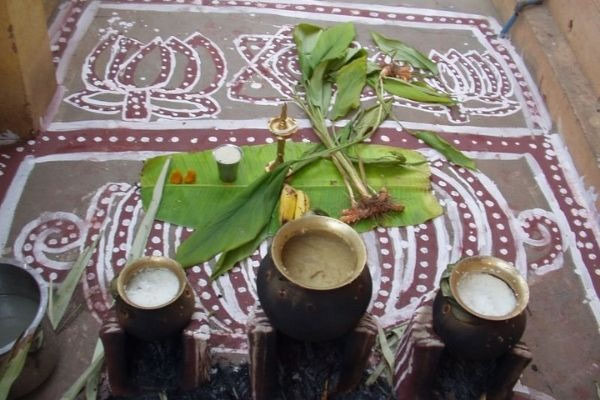
This is not the case in the cities as people are so busy to spend time with their communities and members of the family.
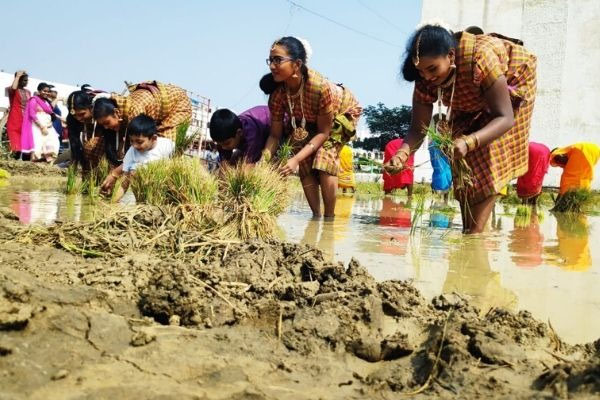
Sankranti, as it is widely known in Andhra Pradesh, encourages the ‘Galli DJs’ to make use of these four days and flaunt their talent. Renditions such as the ever-popular ‘Mi Gente’ mixed with the classical voice of M.S Subalakshmi can be heard being belted out all throughout the night. However, none of that matter, all one need is a slight sense of music, and everyone in sync gathers around the Bhogi Fire to begin dancing. The young, the old and those who just want to join in the fun make the most of the four-day festival–Bhogi Pongal, Surya Pongal and Maattu Pongal, by which they thank the Sun.




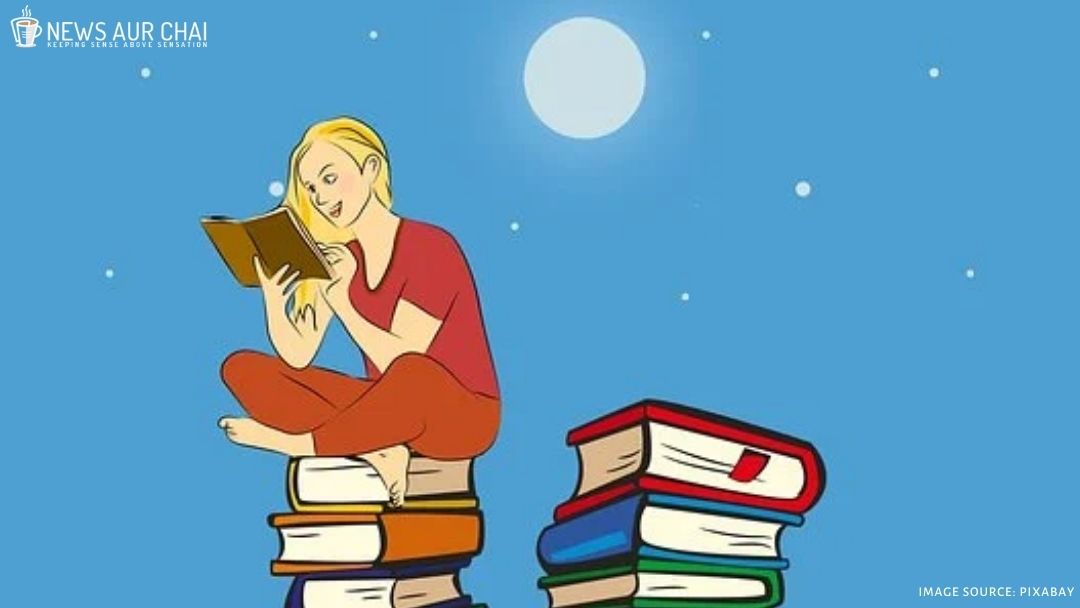
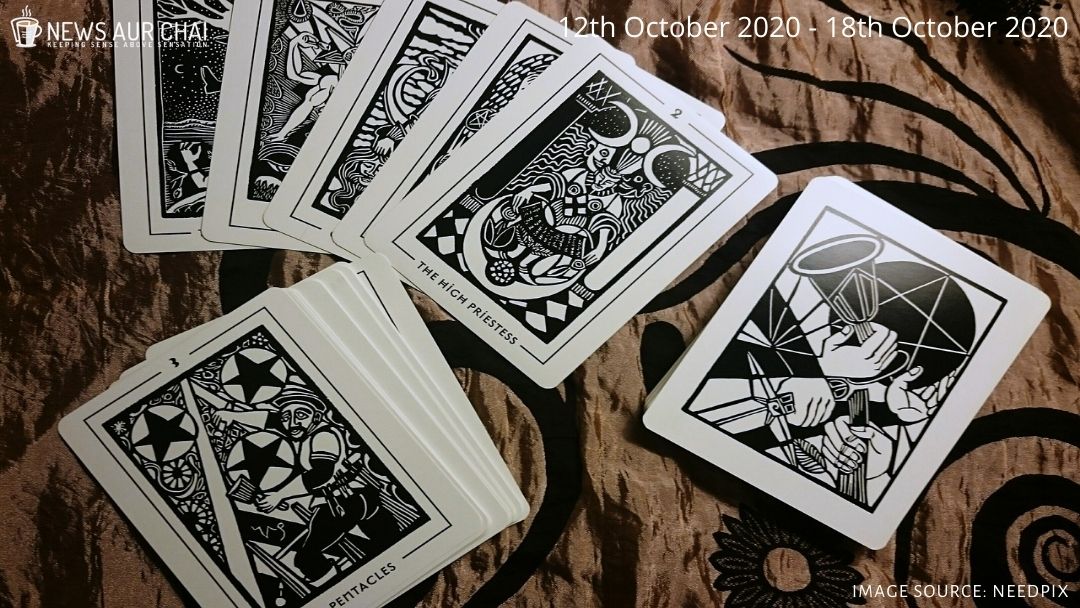
One Comment